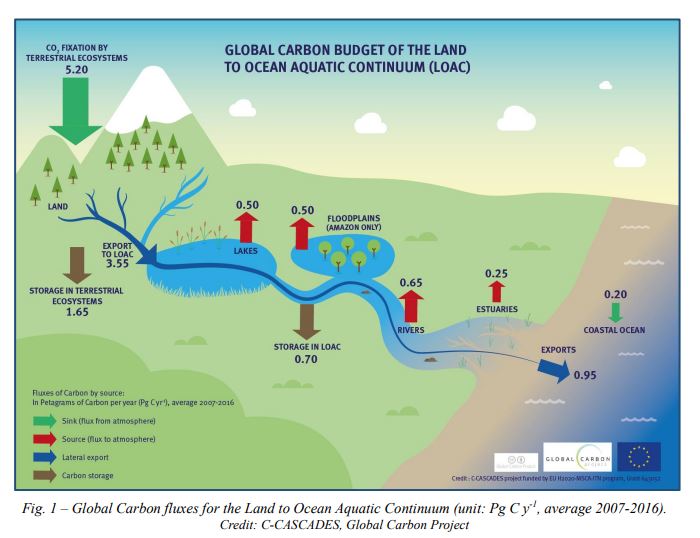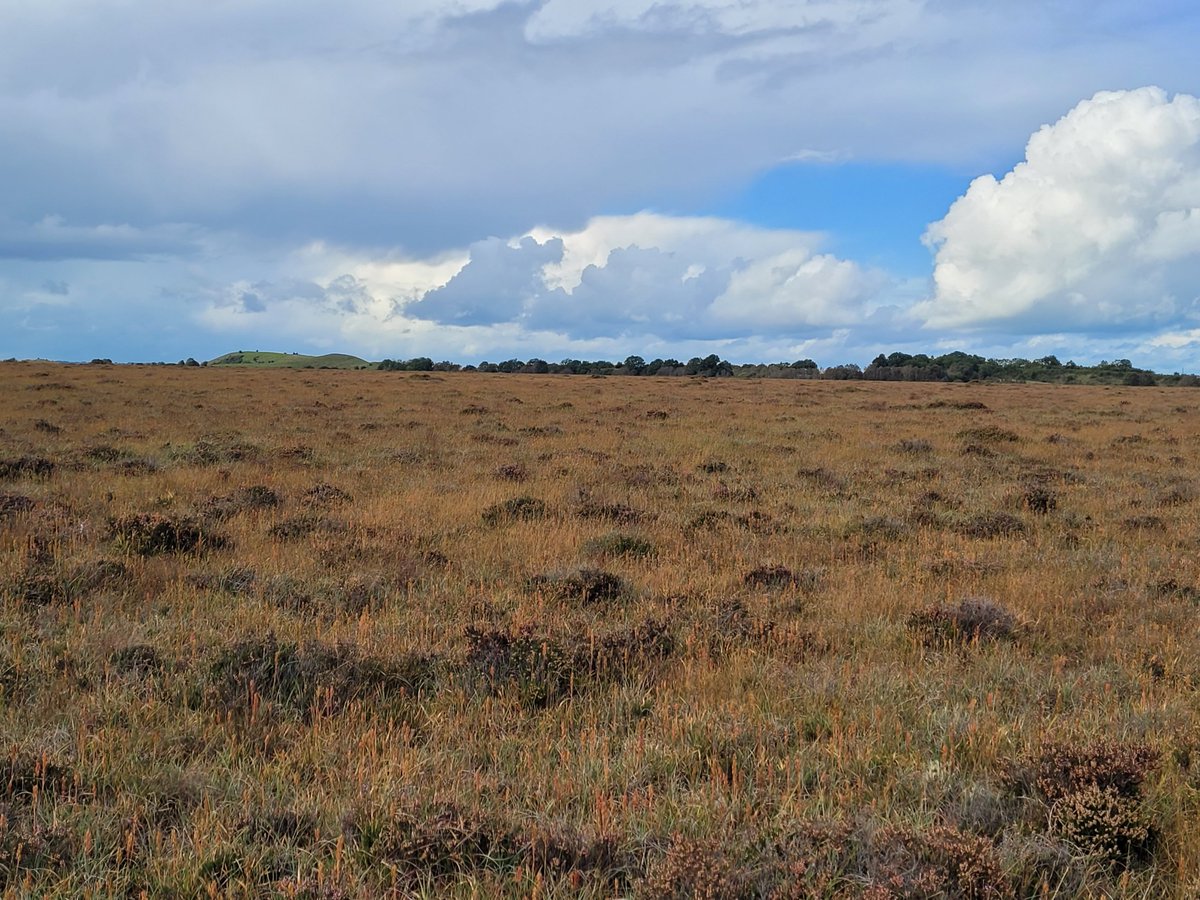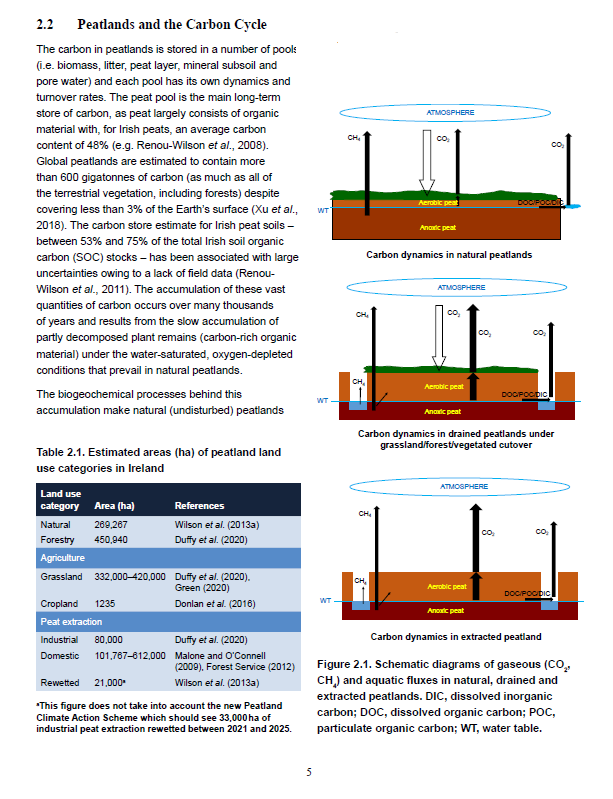
1. Good morning 👋
Tuesdays 🧵Given that most of #Mayo has #Peat soil, it should come as no surprise that the water flowing through the Burrishoole catchment is full of #Carbon, giving the rivers and lakes their typical brown, dark colour
📸credit G. Rogan & J. Cooney

Tuesdays 🧵Given that most of #Mayo has #Peat soil, it should come as no surprise that the water flowing through the Burrishoole catchment is full of #Carbon, giving the rivers and lakes their typical brown, dark colour
📸credit G. Rogan & J. Cooney


2. There’s nothing particularly special about Lough Feeagh. It’s a fairly typical, deep, #Humic lake (45m deep), similar to many lakes that you find in all the mountainous regions along the west coast. It’s a pretty nice place to work
https://twitter.com/edeeyto/status/1317037625686085635?s=20&t=ro5-hOZnGdhyaBiGD-LRSw
3. The impacts of #ClimateChange & #LandUse that we measure in Feeagh, therefore, are likely to be replicated in lakes in any of Ireland’s blanket bog catchments (to varying degrees). We'll look at #LandUse change 1st, and how it impacts rivers and downstream aquatic ecosystems
4. Feeagh is at the bottom of the Burrishoole catchment, and kind of acts like a “sump” for everything running off the land and towards the sea. Tks to Brian Doyle @atusligo_ie for the cool 3D map 

5. To explore the role that #LandUse change has had on Feeagh, we use #Palaeolimnology, where we reconstruct past environments of lakes using analyses of the physical, chemical, biological and mineralogical properties of lake sediment. First you have to get the core of mud: 



6. From these cores we were able to reconstruct the ecological change in Feeagh over the 20th century. Full details from @CathDalt here #OpenAccess bit.ly/3swBASg
7. In summary, we can see changes in the biogeochemical composition (increases in organic sediment and #phosphorus) of the lake sediment, and associated biological changes (#Diatom communities) starting in the 1960s, and then ramping up in the late 1990s. What happened? 

8.About 25% of the catchment was afforested between 1950-1990 with conifers. @peatyGHG gave us a great education last week about the perils of planting monoculture conifers on peatlands, and the Burrishoole catchment did not escape these impacts 
https://twitter.com/IrelandsEnviro/status/1583431853607829505?s=20&t=EWXQfJJFh_wH5XVHA_zC4Q

9. This establishment of this forestry (drains, mounding, fertilisation etc) caused a large disturbance of the #BlanketBog, resulting in export of peat to the downstream rivers and lakes, ultimately collecting in Lough Feeagh and this is the signal we see in the lake sediment 

10. Then, in the 1990s, there was significant erosion in the commonages of the catchment, associated with increased #Sheep numbers, incentized by the #Headage payments of the time of the time by #CAP 

11. Both these #LandUse changes (forestry and sheep overgrazing) brought about changes in the aquatic ecosystem of Burrishoole 😐😐 

12. On a positive note, both are being addressed: the #NephinForest is earmarked for restoration over the coming decades @WildNephin 🌲🌳🌲🌳 @npwsBioData and
https://twitter.com/IrelandsEnviro/status/1559473694749216769
13.Overgrazing of commonages has been addressed through various #AgriEnvironment schemes since the 1990s, and is looking like it will be given even more attention (and funding) through the acres program @ACRESWestConn
@WAN_LIFEIP
@agriculture_ie
@WAN_LIFEIP
@agriculture_ie
https://twitter.com/agriculture_ie/status/1582719749821067265
14. We would expect to see the results of these actions in the aquatic monitoring data that we collect in Feeagh and the rivers that drain into it, most noticeably in the transport of Dissolved Organic Carbon #DOC and the resulting Carbon balance of Lough Feeagh. Time will tell 

15. This is turning into rather a long thread, so I think we will stop there for a while, and I'll continue later today with more on #ClimateChange #ExtremeEvents and @GLEON
Tks to @JoshkaKaufmann for the gif
Tks to @JoshkaKaufmann for the gif
• • •
Missing some Tweet in this thread? You can try to
force a refresh




















